
The the Perfect Swimming Pool Water Temperature is 26–29°C for most adults, warm to 29–30°C in cooler months, and cool to 26–28°C in hot weather. That band keeps pool water comfortable without sending running costs through the roof. Adjust by activity: 30–32°C for hydrotherapy, 25–28°C for lap swimming, and always use a fitted pool cover to hold heat and cut evaporation.
What is the most comfortable pool temperature for adults?
26–29°C is the sweet spot for most people. It balances comfort, clarity and energy costs. On windy or cool days, nudge your desired temperature to the warm end so muscles stay loose and you avoid post-swim chill. If you are exploring energy-efficient ways to reach and hold that perfect pool temperature, compare options in 5 Most Cost Effective Pool Heating Options.
What is the best pool temperature for kids and babies?
28–30°C keeps younger swimmers comfortable for short, supervised sessions. Children cool faster than adults, so warm water helps prevent shivering and muscle cramps. Dry them off quickly after exiting to reduce air temperature wind chill. To reduce heat loss between swims, fit a cover that actually gets used: Discover the Best Pool Cover Australia Has to Offer.
Ideal pool temperature for lap swimming vs leisure
Lap swimming is best at 25–28°C; leisure suits 27–30°C. Cooler water prevents overheating during sets and helps you hold pace. Warmer water is better for relaxed family time. If you plan to extend your season without heavy bills, review heat pump and solar choices in Best Swimming Pool Solar Heater Options.
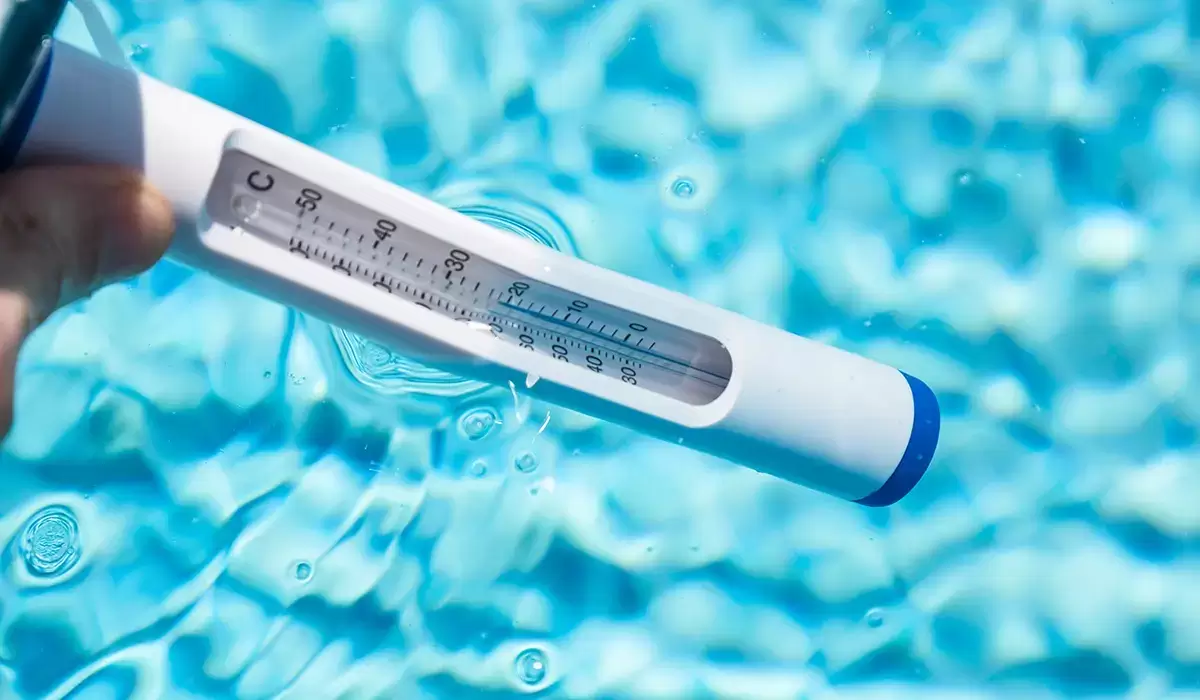
Safe pool temperature range for seniors or health conditions
30–32°C is often gentler for joints and circulation. That range eases movement for hydrotherapy and lowers perceived effort. Always seek medical advice for cardiovascular conditions before raising swimming pool temperature, and schedule shorter, more frequent dips rather than long soaks. For routine checks that keep everything safe, see How Often Should a Pool Be Serviced?.
What temperature is best for night swimming?
28–30°C offsets evening air and wind so the first minute feels pleasant. Program circulation and heating to run before dusk so the pool area is ready when you are. Smart scheduling helps you hit the right temperature without waste; if you already automate, adjust timers via Best Swimming Pool Solar Controllers.
Does saltwater vs chlorine affect ideal temperature?
Comfort range is similar, but salt cells output less in cold water. Below the mid-teens, many chlorinators throttle, so you may need to supplement chlorine or run longer to maintain chlorine levels. Keep salinity in the ideal range so the cell can work efficiently: How to Add Salt to Your Pool.
How do outside air temperature and wind affect comfort?
Wind accelerates evaporation and makes water feel 1–2°C cooler. Break exposed winds, use a cover between swims, and aim returns to disrupt any surface cool layer. Even on hot days, a dry easterly can make a warmer pool feel unexpectedly brisk.
What temperature do hotels and public pools maintain?
Many operate around 27–29°C for mixed use comfort. Competition pools tend to sit cooler for performance, while learn-to-swim programs go warmer for children learning skills.
Spa vs hot plunge pools
Spas usually run at 36–38°C for short sessions; cold plunge sits at 10–15°C. Keep spa sessions brief, hydrate, and avoid moving directly from very hot to very cold if you have heart or blood pressure risks.
Temperature to reduce cramps or fatigue
For training, 25–27°C helps control core temperature and fatigue. Muscles stay warm without overheating, so you can hold stroke quality longer. Warmer water is more relaxing but can raise heart rate at a given pace.
Is colder water better for recovery or fitness?
Cooler water aids post-workout recovery, but keep the main pool in the comfort band. If you want cold exposure, use a short, separate plunge rather than dragging the whole swimming pool down to a lower temperature that nobody enjoys.
How water temperature impacts algae growth and chemical demand
Warmer water increases chlorine demand and speeds algae growth. Above 28–29°C, test more often, maintain the correct free chlorine to stabiliser ratio, and keep water chemistry in line to prevent bacteria and algae taking hold. Use a reliable kit so test results are trustworthy: Best Swimming Pool Test Kit.
How long does it take to warm a pool by 0.6–1.1°C?
It depends on heater size, cover use and weather, but circulation always helps. Bigger pool heater capacity and a cover will lift water temperature faster with less loss overnight. Keep the filtration system moving so heat mixes through the whole pool system and you avoid stratification. A quick primer on matching pump flow to your setup is here: Types of Pool Pumps.
Choosing the right heating approach for your pool and budget
Match technology to usage, climate and your tolerance for running costs.
- Solar heating is the most cost effective option across Perth’s shoulder seasons, especially with a tight cover and good sun.
- Heat pumps give year-round control with excellent energy efficiency, particularly inverter models sized to your volume.
- Electric pool heaters and gas units deliver fast ramps for short notice swims, though they cost more to run.
If you want a quick side-by-side, start with 5 Most Cost Effective Pool Heating Options and Best Swimming Pool Solar Heater Options.
Practical tips to maintain your perfect pool temperature
Use these small habits to hold heat and clarity with fewer chemicals.
- Cover the pool whenever it is not in use to reduce evaporation and hold heat.
- Run longer, quieter pump cycles to even out temperature and aid sanitiser mixing.
- Target the comfort band for your use instead of a rigid number. For example, leisure at 28–29°C on breezy evenings, laps at 26–27°C on still mornings.
- Test and adjust chemistry more often as the temperature climbs. Warm, sunny days increase UV burn-off and chlorine demand.
- Service equipment on schedule so sensors, thermostats and valves work as intended. A simple service cadence is outlined in How Often Should a Pool Be Serviced?.
Conclusion
The perfect swimming pool water temperature lives in a range, not a single number. Keep most swims between 26 and 29°C, warm to 29–30°C for kids and cool evenings, and drop to 25–28°C for lap sets. Combine a right-sized heater or heat pump with a fitted pool cover, steady circulation and routine testing. That mix delivers comfortable water, controlled energy costs, and a pool that stays crystal clear all year.
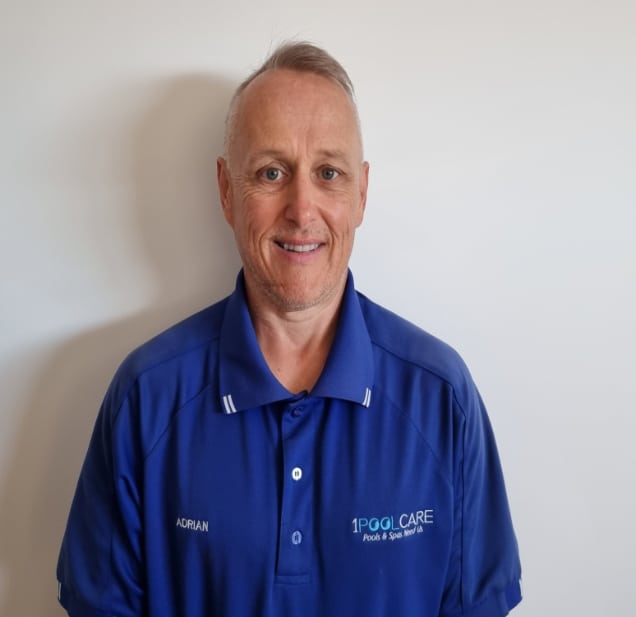
With over 20 years of industry experience, Adrian Mole is the founder of 1 Pool Care, a leading mobile pool service in Perth. Known for his expert knowledge and reliable service, Adrian delivers professional pool cleaning, equipment repairs, and water balancing across the metro area. Backed by SPASA accreditation, he’s committed to quality, convenience, and customer satisfaction.

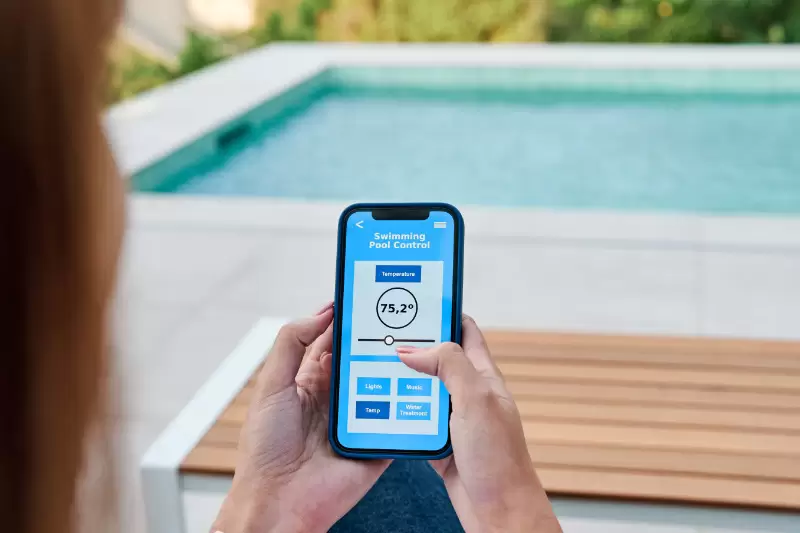
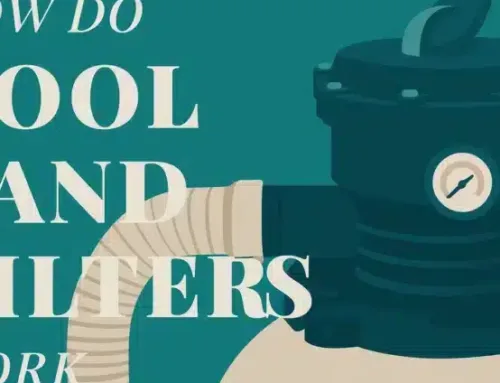

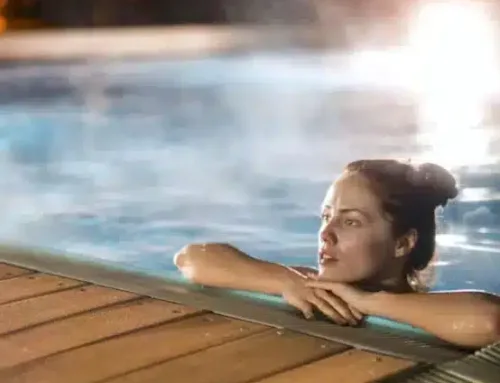





Social Media